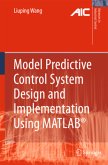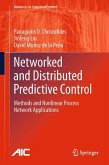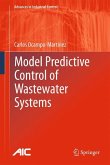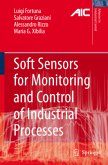Modern industrial processes and systems require adaptable advanced control protocols able to deal with circumstances demanding "judgement" rather than simple "yes/no", "on/off" responses: circumstances where a linguistic description is often more relevant than a cut-and-dried numerical one. The ability of fuzzy systems to handle numeric and linguistic information within a single framework renders them efficacious for this purpose.
Fuzzy Logic, Identification and Predictive Control first shows you how to construct static and dynamic fuzzy models using the numerical data from a variety of real industrial systems and simulations. The second part exploits such models to design control systems employing techniques like data mining.
This monograph presents a combination of fuzzy control theory and industrial serviceability that will make a telling contribution to your research whether in the academic or industrial sphere and also serves as a fine roundup of the fuzzy control area for the graduate student.
Fuzzy Logic, Identification and Predictive Control first shows you how to construct static and dynamic fuzzy models using the numerical data from a variety of real industrial systems and simulations. The second part exploits such models to design control systems employing techniques like data mining.
This monograph presents a combination of fuzzy control theory and industrial serviceability that will make a telling contribution to your research whether in the academic or industrial sphere and also serves as a fine roundup of the fuzzy control area for the graduate student.
From the reviews: "New insights into the transfer of fuzzy methods into the modern control paradigms encompassing robust, model-based, PID-like, and predictive control are presented in this book. ... Five appendices support the already extensive results of the chapters by proofs, explanations and illustrative examples. The book (263 pages, 138 figures, 95 references) is of interest to researchers in the field of data mining, artificial intelligence, modeling, and control. Also, the realistic examples provide good material to graduate students and engineers." (Ingmar Randvee, Zentralblatt MATH, Vol. 1061 (12), 2005)








